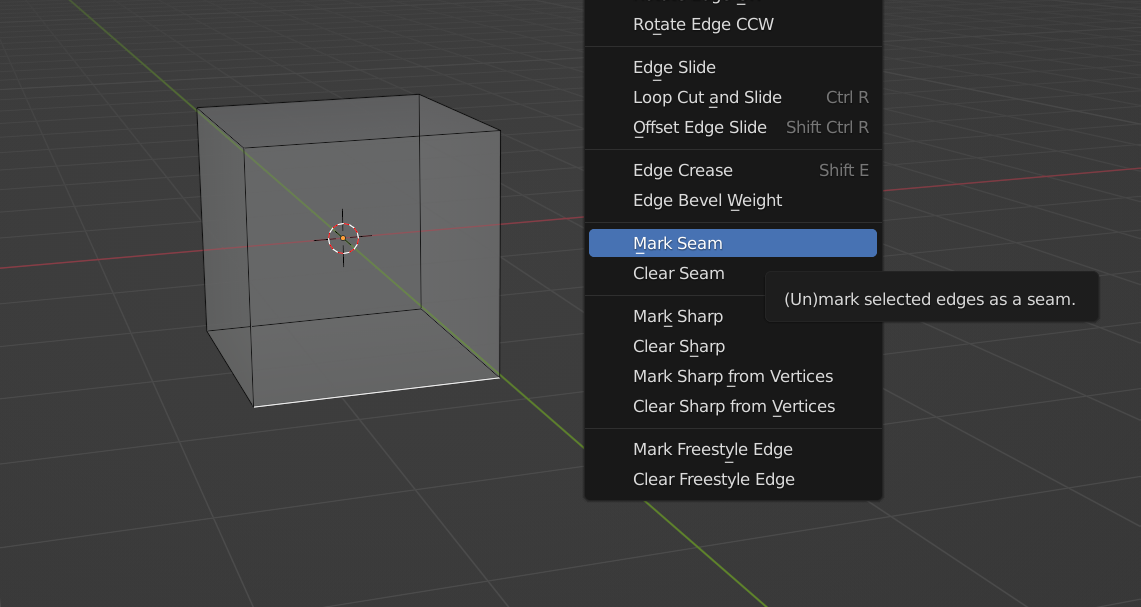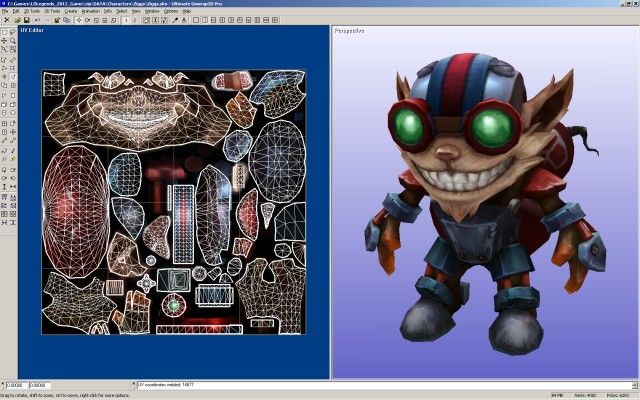

This ungainly effect can also be caused by the weight of the rest of the model pressing down the first layers when the lower layers haven’t had time to cool back into a solid – particularly when your printer has a heated bed.

The base of the model is slightly bulging outwards, otherwise known as “elephant foot” What’s Causing this 3D Printing Problem? Adjust advance the temperature and fan settings.Swap from glass to an adhesive print bed.
Why does control a not work in ultimate unwrap 3d full#
In the slicer software take a look at the fan cooling, this is usually set so the cooling fans switch to full power at a height of around 0.5mm, try extending this to 0.75 to give the base layers a little more time to cool naturally.Įven if your printer has a heated print platform, it’s always recommended that you use glue and regularly calibrate the bed level. Try increasing the print bed temperature by increments of 5 degrees. If all else fails then you’ll need to take a look at your advanced print settings both on your printer and in your print software. Increasing the contact between the model and bed is an easy fix and most print software has the option to add rafts or platforms.


This is called the “glass transition temperature”. The easiest solution is to use a heated print platform and to set the temperature to a point just below the plastics melting point. As the ABS or PLA filament cools it starts to contract very slightly the problem of warping arises if the plastic is cooled too quickly. Warping is common as it’s caused by a natural characteristic of the plastic. This can also result in horizontal cracks in upper parts. Model Overhangs 3D Printing Problems #1: WarpingĪt the base of the model, the print bends upwards until it’s no longer level with the print platform. If you don’t know the name of your problem, you can make reference to the following 19 problems.ġ9. This article will help you to quickly diagnose your 3D printing issues, and find the solution with our 3D printer troubleshooting guide. Discover how and when these 3D printing problems occur, and the steps you can take to avoid them in future. You’ve checked the model, seen countless others make it without issue, but try as you might it just won’t print. Frustrated with Fused Filament Fabrication? Read our 3D printer troubleshooting guide to the most common 3D printing problems and their solutions.


 0 kommentar(er)
0 kommentar(er)
